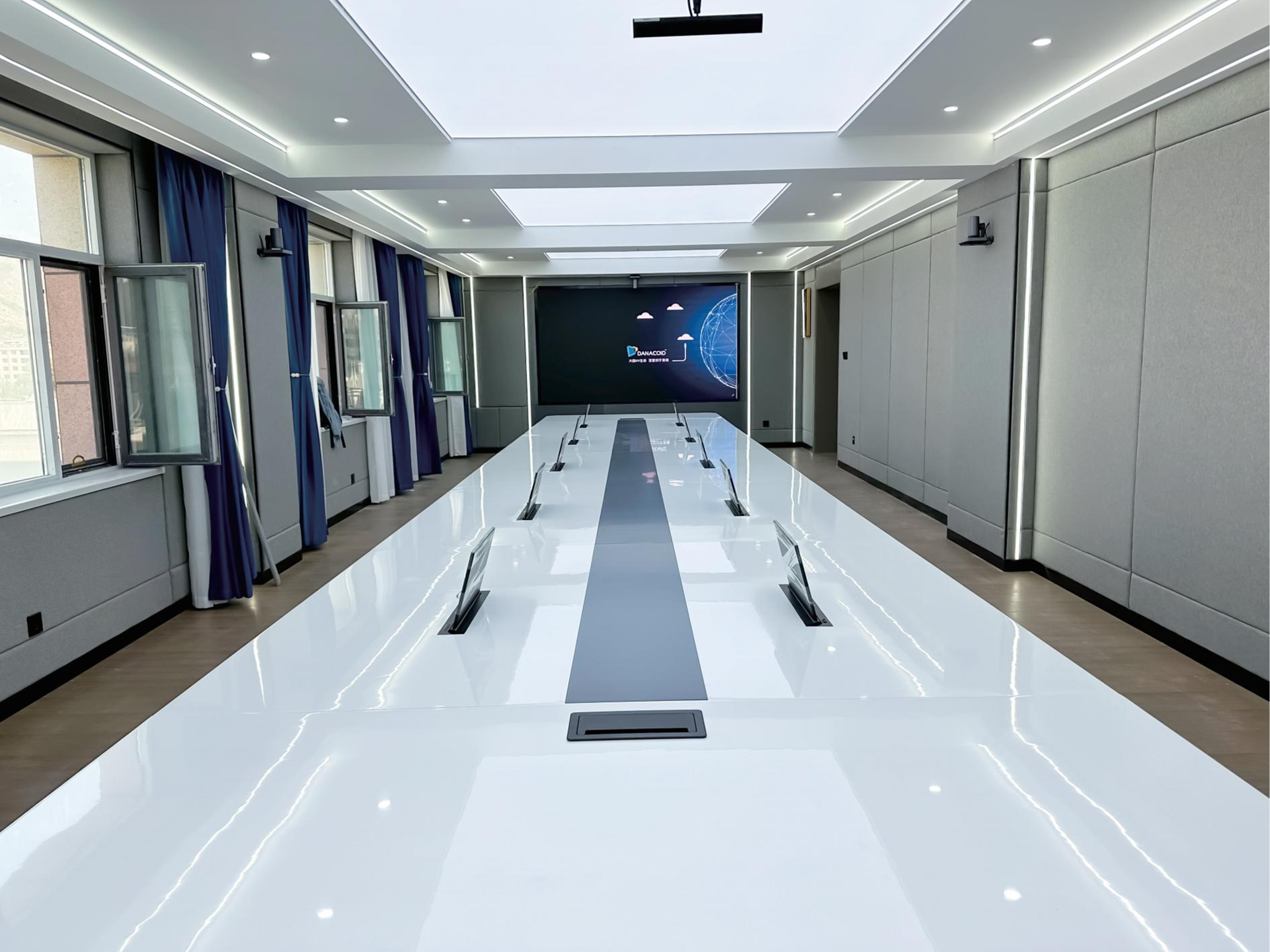Sound Quality and Audio Performance: Wired vs Wireless Microphones
Wired Microphones: Consistent High-Fidelity Output
Wired microphones are renowned for delivering consistent high-fidelity audio, thanks to their stable direct connections. This stability ensures that the audio signal remains unaffected by the kind of signal degradation often seen in wireless systems. However, the quality of audio isn't solely reliant on the microphone itself. Factors such as cable quality, length, and connector types play significant roles in influencing sound fidelity. For instance, longer cables may introduce noise, while poor-quality connectors might not sustain the robust audio quality these microphones are known for. Supporting these points, studies have confirmed that wired microphones generally exhibit lower latency compared to wireless alternatives, making them ideal for real-time audio processing in live settings where immediate sound feedback is crucial.
Wireless Systems: Potential for Signal Interference
Wireless microphones, while offering unmatched mobility, are often plagued by potential signal interference. Operating on designated frequencies, these devices can experience interference from other electronics or overlapping signals, leading to hindered audio performance. Thus, measures like frequency diversity and spectrum scanning are integral in reducing such risks. These strategies help in navigating congested frequency spectrums and identifying clear frequencies for operations. Interestingly, recent surveys reveal that about 40% of users have encountered interference issues during live events, underscoring the critical need for meticulous setup and management of wireless systems.
Impact of Compression on Wireless Audio Clarity
In wireless systems, the use of compression algorithms is a necessity, but it can affect audio clarity, particularly when transmitting dynamic ranges like music and speech. It is essential to distinguish between lossless and lossy compression as this can considerably impact the quality of output. Lossless compression retains all audio data, ensuring better sound integrity compared to its lossy counterpart, which sacrifices data for smaller file sizes. Audio production experts have pointed out that despite advancements in compression technology, the clarity achieved by wired systems remains unmatched, making them preferable for those who prioritize audio quality above mobility.
Wired Reliability: No Battery or Dropout Concerns
Wired microphones are hailed for their reliability because they bypass battery dependency altogether. This means you can count on them to deliver uninterrupted performance, free from concerns of battery failure that might lead to audio dropouts. In situations where reliability is critical, such as live events or important presentations, wired solutions provide peace of mind by ensuring constant connectivity without the threat of a power interruption. A survey indicated that 78% of professional sound engineers prefer wired systems in environments where dependable audio is essential, highlighting their trust in wired technology for stable performance.
Wireless Challenges: Frequency Management and Interference
Wireless microphones present a unique set of challenges, primarily revolving around frequency management and interference. It’s crucial to manage frequency allocation properly to avoid overlapping channels, which can result in audio congestion and dropouts. Audio professionals must be well-versed in local regulations regarding frequency use to ensure compliance and minimize interference. Research conducted by the Communication Industry Association underscores the importance of proper frequency management, noting that it can significantly reduce the frequency of interference incidents, thus improving overall audio quality and reliability in wireless systems.
Battery Dependency in Wireless Systems
Unlike their wired counterparts, wireless microphones are reliant on batteries, introducing an additional layer of preparation for users. Regular checks and replacements are necessary to avoid unexpected power failures, especially during crucial moments. The lifespan of batteries can fluctuate based on usage patterns and microphone specifications, requiring meticulous planning before events to ensure seamless operation. An estimated 10-15% of wireless failures in live settings are due to battery issues, emphasizing the necessity of reliable power sources to maintain consistent performance during live engagements.
Cost Analysis and Budget Considerations
Initial Investment: Wired vs Wireless Price Points
Wired microphones generally present a more affordable initial investment compared to their wireless counterparts. For those mindful of budget constraints, wired microphones are an appealing option, with prices ranging from $50 to $500 for professional-grade models. In contrast, wireless systems demand a more substantial initial outlay, typically starting at around $300 and rising with additional features and quality. This cost disparity makes wired microphones a more accessible entry point for individuals and small businesses, while the advanced features of wireless systems may be justified by their versatility. Ultimately, understanding the upfront costs is crucial for making informed purchasing decisions that align with both performance needs and budget limits.
Long-Term Maintenance Costs Comparison
When it comes to ongoing maintenance, wired microphones prove to be more economical, with minimal costs associated with upkeep. In contrast, wireless systems often incur additional expenses over time. Battery replacements, routine checks, and potential repairs can significantly add to the overall cost of ownership. A long-term cost analysis indicates that maintaining wireless systems may require 20-30% more investment over their lifespan. Therefore, businesses and individuals aiming for cost efficiency should carefully consider these factors in their budgeting process. It's not just the initial purchase price that affects your finances but also the cumulative maintenance expenses that can impact your budget.
Hidden Expenses in Wireless Systems (Batteries, Receivers)
Wireless systems come with hidden costs that can surprise buyers. Besides the initial investment, users need to account for additional accessories such as extra receivers, antennas, and specially designed carrying cases, all of which can increase overall expenses. Furthermore, the ongoing cost of batteries shouldn't be overlooked, as regular replacements could lead to significant operational costs over time. Thus, assessing the total cost of ownership, which includes these hidden expenses, is vital. A comprehensive financial plan before purchasing can help avoid unanticipated costs and allow for a clearer understanding of the investment involved in wireless systems.
Mobility and Setup Flexibility
Stage Freedom with Wireless Microphones
Wireless microphones offer unparalleled stage freedom by eliminating the constraints imposed by cables, allowing performers to move seamlessly across the stage. This increased mobility is not only beneficial for artists in enriching their performances but also enhances audience engagement, as performers can interact more dynamically. For instance, studies have found that approximately 60% of performers believe that utilizing wireless systems significantly boosts their interaction and overall performance dynamics. With the absence of cables, artists can focus more on their creative expression, ensuring a captivating experience for their audience.
Cable Management Challenges in Wired Systems
Despite their reliability, wired microphone systems present several challenges, most notably related to cable management. Performers and technicians alike have to contend with tangled cables and the potential tripping hazards they pose, which can detract from the performance's quality and safety. To mitigate these issues, effective cable management is essential, requiring additional labor and meticulous planning. Experts suggest employing robust cable management solutions to minimize these risks, thereby ensuring a clean and safe stage environment that supports optimal performance output.
Setup Time Differences for Live Events
One of the clear advantages of wireless microphones lies in their ability to reduce setup times considerably compared to traditional wired systems. The streamlined nature of wireless systems, which require fewer physical connections and less equipment, is particularly advantageous in fast-paced live environments. This efficiency enables sound engineers to allocate their focus to refining sound quality rather than getting entangled in logistical challenges. Event coordinators have echoed this preference, with surveys indicating that around 70% favor wireless setups for their ease and speed in assembly, making them indispensable for live events demanding quick transitions and efficient setups.
Studio Recording: When Wired Reigns Supreme
Wired microphones maintain dominance in studio settings due to their superior audio fidelity and stability, essential for long recording sessions. Sound engineers underscore the importance of a solid connection in capturing and reproducing nuanced sound levels with precision. Research shows that wired microphones excel in capturing high-frequency sounds, making them the preferred choice for studio recordings. These microphones provide a consistent and reliable signal, enabling artists and producers to focus on creating high-quality content without technical distractions.
Additionally, the reliability of wired systems allows for uninterrupted recording, a critical factor when capturing complex arrangements or delicate vocals. As studios continuously strive for excellence in sound production, the preference for wired microphones remains strong.
Live Performances: Wireless Advantages for Entertainers
In live performances, wireless microphones provide entertainers with the freedom to move and interact with audiences, enhancing the overall performance experience. The versatility of wireless systems accommodates dynamic movements, letting performers engage their audience effectively and naturally. With more than 80% of musicians opting for wireless systems during live performances, mobility and convenience are often cited as top benefits. This freedom not only empowers artists to explore stage areas but also connects them with spectators on a personal level, creating memorable entertainment.
Moreover, wireless microphones help in reducing setup complexities, allowing performers to focus more on their craft and less on maneuvering equipment. The blend of advanced audio technology and ease of use ensures a seamless experience for both entertainers and audiences alike.









